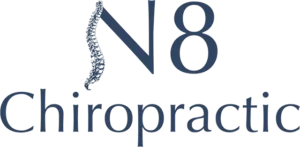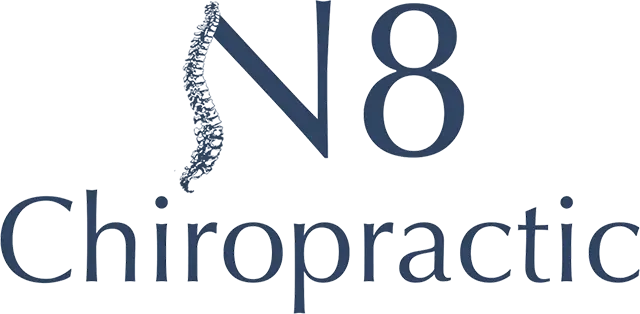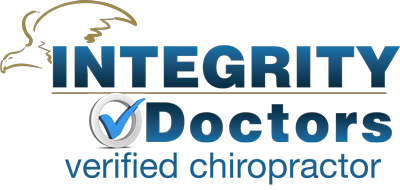Millions of Americans experience sciatic nerve pain. Sciatic nerve pain is a common condition that can cause severe discomfort in the low back, buttocks, legs or feet.
The sciatic nerve runs from the lower back, into the buttock and down each leg. It controls feeling and movement in parts of your legs, feet, hips, thighs, knees and ankles. When this nerve becomes compressed or irritated it causes sharp shooting pains often described as “sciatica” which can be debilitating for sufferers.
This article will discuss how you can reduce or even eliminate sciatic nerve pain without having to resort to taking prescription medications or other invasive treatments that are typically prescribed by doctors.
Here are some of the non-invasive ways to manage sciatic nerve pain that doesn’t require taking pain medications or experiencing any unwanted side effects.
Heat and Ice therapy
Heat and ice therapy can help to control the symptoms related to sciatica. The Ice can help reduce inflammation, while heat encourages blood flow to the painful area (which speeds healing). Heat and ice may also help alleviate painful muscle spasms that often accompany sciatica.
Dry needling therapy
Dry needling therapy involves inserting needles into specific points on your body to stimulate circulation and reduce inflammation around tight muscles in order to relieve pressure on your nerves (which can cause severe discomfort).
Acupuncture
Acupuncture has been shown in multiple studies to offer relief from the discomfort associated with a variety of diseases and conditions.
Chiropractic Treatment
Chiropractic treatment can prove to be very beneficial for those struggling with the symptoms of sciatica. The sciatic nerve can become pinched due to disc, joint or even muscle. Chiropractic treatment can help to relieve this irritation or nerve entrapment that occurs.
Chiropractors also work with patients to educate them on activities that may be causing the problem in the first place. As an example, if you were performing a repetitive work activity that was tightening the Piriformis muscle (a smaller muscle in the buttock area that can pinch the sciatic nerve), the chiropractor could show you different ways to perform the work activity to remedy the issue.
Physical Therapy
Physical therapy is a treatment option that typically consists of passive and active therapies.
Passive therapies include treatments such as ultrasound, ice/heat therapy or TENS treatment. They are passive in nature, meaning that you are not active in the treatment process..
Active therapies require you to take part by doing exercises for yourself.
In the active part of physical therapy, the therapist teaches various therapeutic stretches and exercises designed to improve flexibility. For example, they may teach how to perform a toe-touch or spinal roll in order to alleviate pain through relaxation techniques on any tight muscles that are causing discomfort.
Incorporating “gentle” forms of exercise like yoga or Pilates has been shown time after time by medical research studies as one crucial element for healthy living – not just physical fitness- but emotional well-being too.
Conclusion
Sciatica can create many problems for those who are dealing with the condition. It may not be necessary to take prescription drugs or have surgery to resolve this problem.
Hopefully, what we have noted above would be helpful to alleviate sciatic nerve pain that you might not have thought about before. These tips may provide relief from your sciatica symptoms without drugs or surgery.
References:
https://www.healthline.com/health/how-ease-sciatica-without-surgery
https://www.spineuniverse.com/conditions/sciatica/sciatica-self-care-5-home-remedies-low-back-leg-pain
https://my.clevelandclinic.org/health/diseases/12792-sciatica
https://www.spineuniverse.com/conditions/sciatica/physical-therapy-relieve-sciatica






